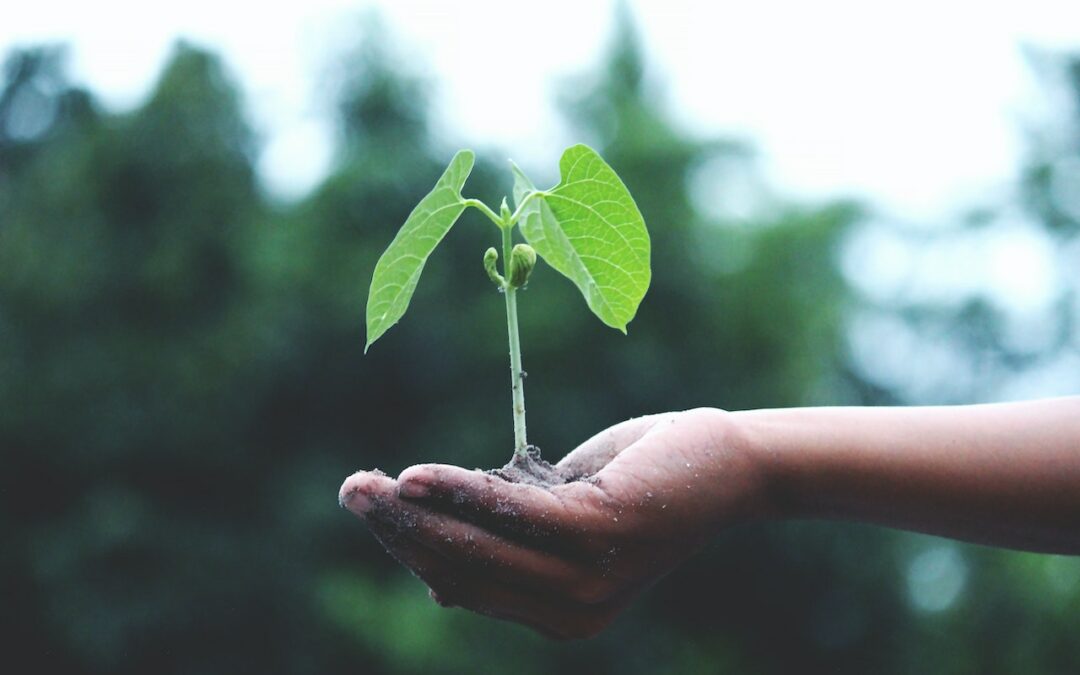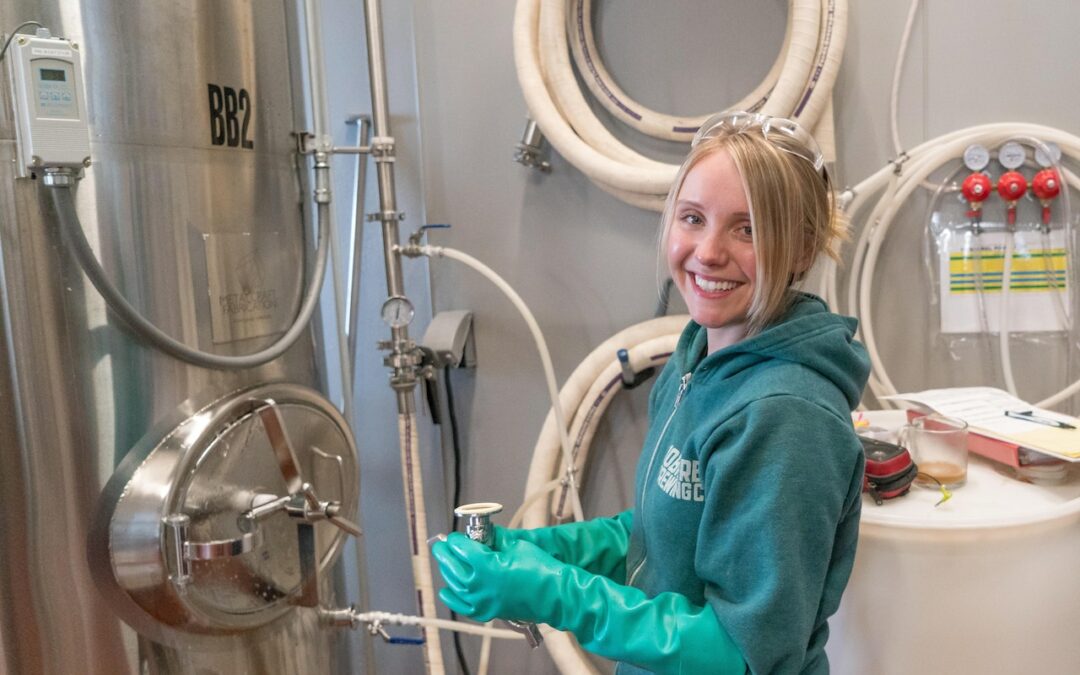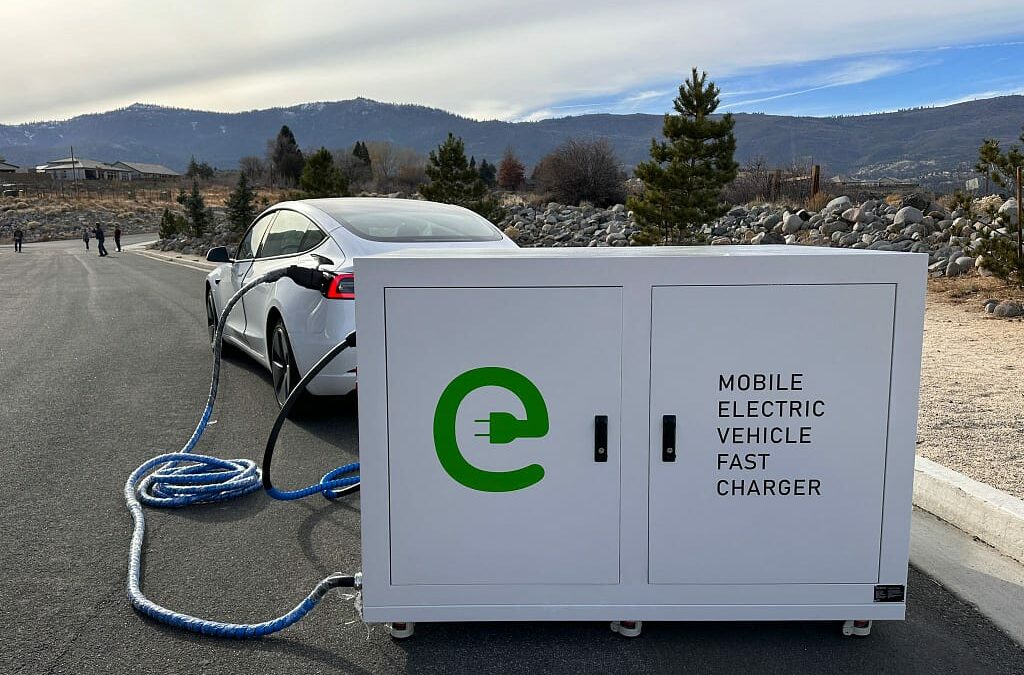
by Komoneed | Apr 24, 2024
Researchers from Colorado State University have explored the potential of using carbon financing to fund green wastewater-treatment approaches that go beyond existing greywater treatment practices.
Carbon financing is the mechanism by which companies will voluntarily buy ‘carbon credits’ on an open market in order to offset their own emissions. These credits represent a reduction or removal of carbon from the atmosphere that can be accomplished in a variety of ways (eg, tree planting, renewable energy projects, carbon sequestration).
Based on data collected at over 22,000 facilities, the report from Colorado’s Walter Scott, Jr. College of Engineering explored the relationship between emissions, costs and treatment capabilities for utility operators and decision-makers. It found that if carbon financing were to subsidise green infrastructure and technology solutions, this could save US$15.6 billion and just under 30 million tonnes of CO2-equivalent emissions over 40 years. The findings have been published in Nature Communications Earth and Environment.
The work examined both point-source water treatment and non-point sources of water pollution.
Traditional point-source water treatment facilities — or ‘grey-infrastructure’ systems — such as sewage plants remove problem nutrients like nitrogen and phosphorus before releasing water back into circulation. Existing facilities already account for 2% of all energy use in the US and 45 million tonnes of CO2 emissions, according to Braden Limb, first author on the paper and a PhD student in the Department of Systems Engineering.
A significant source of freshwater contamination in the US comes from non-point source activity such as fertiliser runoff from agriculture entering rivers. Other non-point sources of pollution can come from wildfires — aided by climate change — or urban development, for example.
Limb said that rather than building more grey-infrastructure treatment facilities to address these growing issues, the paper explores green approaches financed through carbon markets that can tackle both types simultaneously.
“There could be a switch to nature-based solutions such as constructing wetlands or reforestation instead of building yet another treatment facility,” he said. “Those options could sequester over 4.2 million carbon dioxide emissions per year over a 40-year time horizon and have other complementary benefits we should be aiming for, such as cheaper overall costs.”
While there are financing markets for water that operate in a similar way to carbon financing, water has the challenge of being more localised than air quality and carbon — something that has limited the value of water market trades in the past. The paper suggests that these existing markets could be improved, and that carbon markets could also be leveraged to change some of the financial incentives farmers have around water treatment and impacts from their activity.
The researchers found that using the markets could generate $679 million annually in revenue, representing an opportunity to further motivate green infrastructure solutions within water quality trading programs to meet regulated standards.
“These findings draw a line in the sand that shows what the potential for adopting green approaches in this space is — both in terms of money saved and total emissions reduced,” said Braden Limb, first author on the paper and a PhD student in the Department of Systems Engineering.
“It is a starting point to understand what routes are available to us now and how financing strategies can elevate water treatment from a somewhat local issue into something that is addressed globally through market incentives.”
Mechanical Engineering Professor Jason Quinn, a co-author on the study, said the findings had some limitations, but were an important first step in modelling both the problem and opportunity available now. He said the results in the paper have supported new research at CSU with the National Science Foundation to further develop the needed carbon credit methodology with stakeholders.
“This is the first time we are considering air and water quality simultaneously — water is local and carbon is global,” he said. “But by bringing these market mechanisms together we can capitalise on a window of opportunity to accelerate the improvement of America’s rivers as we transition to a renewable energy and restored watershed future.”
Image caption: The Big Thompson River in Rocky Mountain National Park. Image credit: Colorado State University.

by Grace Ebert | Apr 24, 2024
Julie Heffernan likens her paintings to “advent calendars gone haywire.” Working in oil on canvas, the Brooklyn-based artist renders vast dreamworlds with tiny vignettes scattered across wider landscapes. Appearing from a distant or aerial perspective, the pieces envision the possibilities of life after fires, floods, and other climate disasters and potential opportunities for emerging anew.
Grand in scale and scope, the intricate paintings bear titles like “Self Portrait as Emergency Shipwright” and “Self Portrait with Sanctuary,” which nod to the personal details within each work. More
Do stories and artists like this matter to you? Become a Colossal Member today and support independent arts publishing for as little as $5 per month. The article Imagining Worlds After Climate Disaster, Julie Heffernan Melds Chaos and the Sublime appeared first on Colossal.

by Komoneed | Apr 23, 2024
Evidence-based approaches to building small-scale farmers’ climate resiliency
jschoshinski
Wed, 04/17/2024 – 15:37
A key component of USAID’s approach to climate adaptation and resilience for food and water security is centered on support for small-scale farmers in low- and middle-income countries. More frequent extreme weather events, like rainfall shocks, and slow-onset change, like warmer and drier conditions, are reducing farmers’ crop harvest stability. Global food production exacerbates these impacts, emitting approximately one quarter of greenhouse gas emissions annually. Building small-scale farmers’ resilience is complex, and stewarding environmental health and enhancing agricultural productivity have often been seen as at odds with each other in policy decisions.
J-PAL will present findings from twenty rigorous and policy-relevant randomized and quasi-experimental evaluations of risk-reducing, climate-resilient agricultural technologies and practices from around the world. The presentation will share examples of findings from specific studies, and identify lessons across evaluations in multiple contexts that can inform USAID’s approach to supporting small-scale farmers in adapting to the evolving challenges of climate change.
Teaser Text
J-PAL will present findings from 20 randomized and quasi-experimental evaluations of risk-reducing, climate-resilient agricultural technologies and practices.
Event Date
Friday, May 17, 2024, 3:00
– 4:00 pm UTC
Advanced registration required
Off
External Link
Register Here
Event Format
Virtual
Event Type
Webinar/Presentation
Topic
Agriculture
Climate-Resilient Agriculture
Emissions
Food Security
Monitoring, Evaluation, and Learning
Resilience
Weather
Strategic Objective
Adaptation
Integration
Mitigation
Sectors
Agriculture and Food Systems
Region
Global
Add to calendar
Add to Calendar
2024-05-17 15:00:00
2024-05-17 16:00:00
Evidence-based approaches to building small-scale farmers’ climate resiliency
A key component of USAID’s approach to climate adaptation and resilience for food and water security is centered on support for small-scale farmers in low- and middle-income countries. More frequent extreme weather events, like rainfall shocks, and slow-onset change, like warmer and drier conditions, are reducing farmers’ crop harvest stability. Global food production exacerbates these impacts, emitting approximately one quarter of greenhouse gas emissions annually. Building small-scale farmers’ resilience is complex, and stewarding environmental health and enhancing agricultural productivity have often been seen as at odds with each other in policy decisions.
J-PAL will present findings from twenty rigorous and policy-relevant randomized and quasi-experimental evaluations of risk-reducing, climate-resilient agricultural technologies and practices from around the world. The presentation will share examples of findings from specific studies, and identify lessons across evaluations in multiple contexts that can inform USAID’s approach to supporting small-scale farmers in adapting to the evolving challenges of climate change.
Global Climate Change
team@climatelinks.org
UTC
public

by Komoneed | Apr 23, 2024
Available now as an PDF-magazine and with some articles online is the sixth issue of factory called Value-ation. It deals with all aspects of appreciation of tangible, personal and social values in the context of sustainable economy.

by Komoneed | Apr 23, 2024
In today’s world, where sustainable solutions are imperative, the Electric Vehicle (EV) market is experiencing extraordinary growth, with an estimated 16.7 million electric cars to be sold in 2024. A global shift towards green energy, technological advancements, and supportive government policies drives this surge. With strong environmental awareness and government backing, the European market is … Continued





